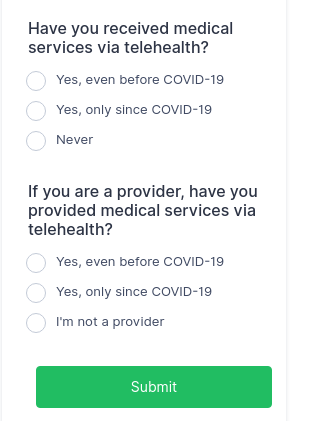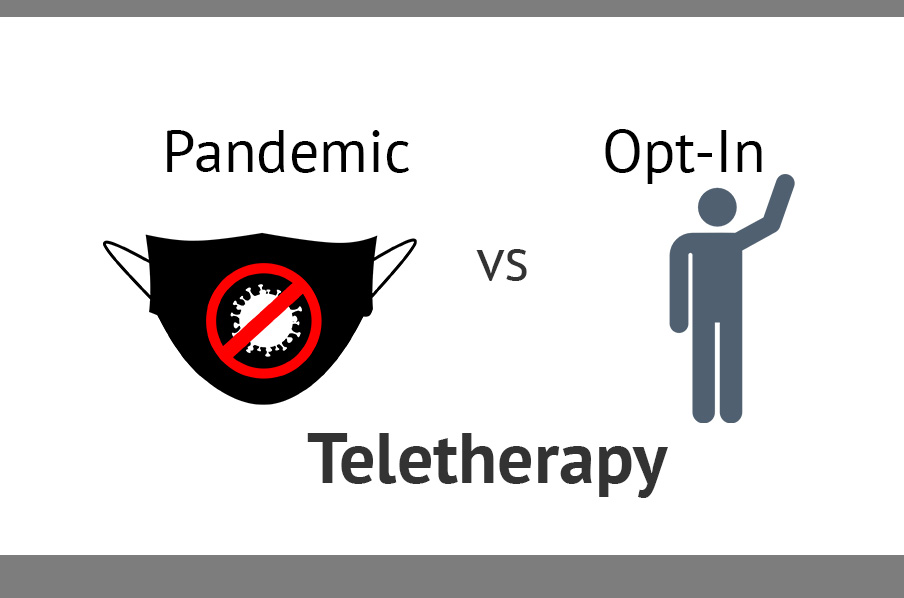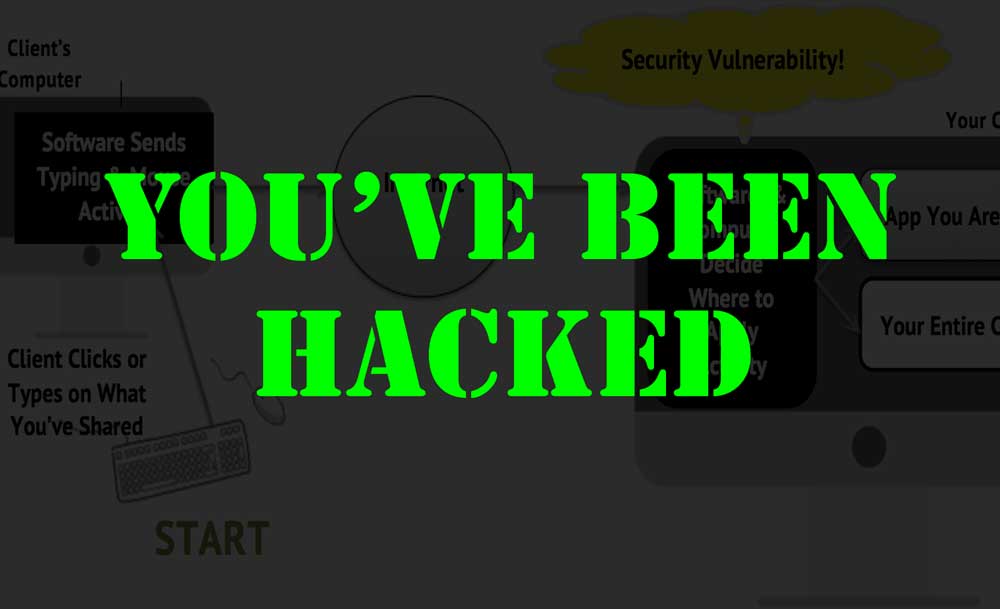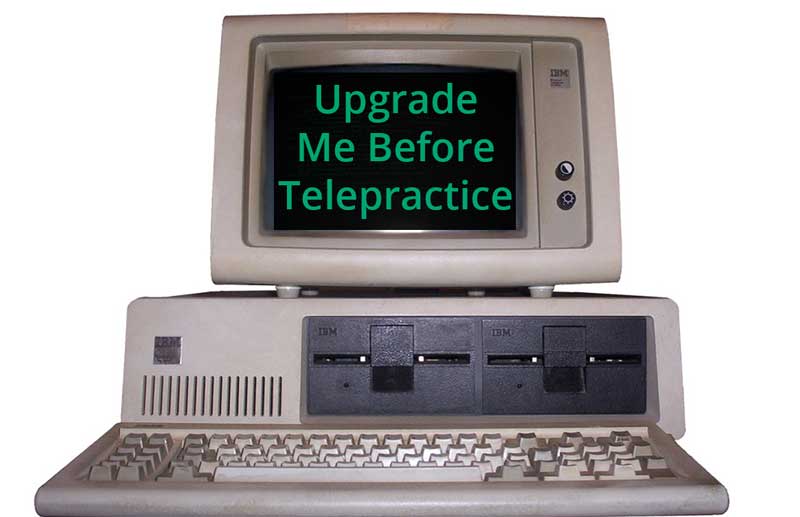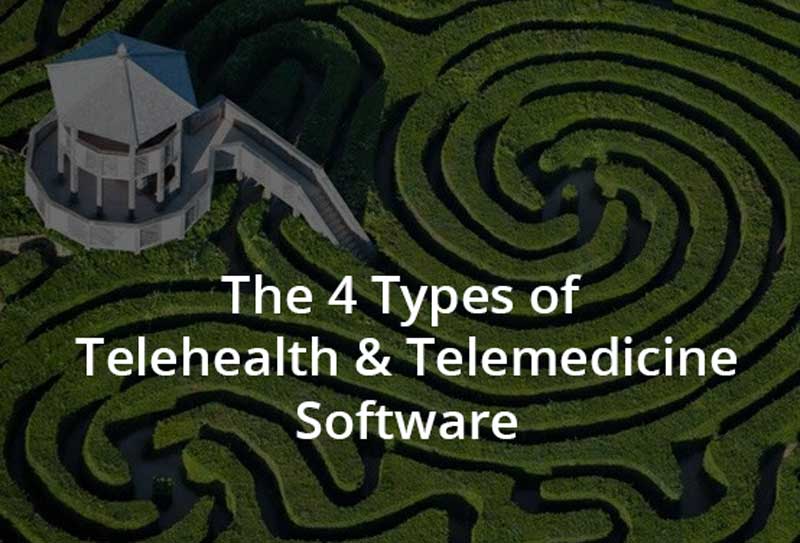After Years of Using Zoom for Teletherapy |

Caseload management is one of the hardest aspects of being a therapist. Many outpatient speech, OT, PT, or counseling facilities have administrative staff who manage schedules. Scheduling and admin usually falls completely on solo-practitioners and school therapists.
Managing your own caseload is a chore no matter your context, but in teletherapy it is an even greater challenge. With teletherapy, you must rely 100% on technology to manage your caseload. Even using your phone to set up appointments is leveraging technology.
What is Caseload Management?
Caseload management includes all the activity and tasks you must do in order to ensure the proper services are delivered to the clients or students that are assigned to you for services. Some of the most common caseload management activities include:
Intake: Qualifying and setting up a person for an evaluation or services. Including, making sure you can potentially help them, that they have a way to pay if applicable, and if you can fit them in your schedule for a first appointment. Also, any insurance pre-authorization, prescriptions, referrals, or paper work you would need them to fill out, falls under intake.
Scheduling: All the tasks required to develop a schedule with adequate therapy slots to meet demand, the daily work of adding one-off or recurring appointments, and all the work related to dealing with cancellations and no-shows.
Documentation & Reports: Required per-visit, evaluation, re-evaluation, progress report, and IEP writing if applicable. All therapy specialties require extensive documentation and often, analysis of evaluation results and writing up findings into a report.
Payment: Taking payment at time of service, invoicing, submitting claims to insurance, and reconciling. Except for therapists who work directly for schools, almost all are involved, at least in part, in the tasks necessary to ensure they or their organization is paid for services.
Understand the Challenges are Different
If you never or rarely see your clients in person, your caseload processes must be different. Both you and your clients must take a different orientation to each other when you meet online. If you serve school children, you will face different challenges simply because you are not present at the school.
The differences are not only tactile. As a teletherapist, you cannot simply walk down to a student's classroom and remind them it is time for therapy. You cannot remind mom to pay for therapy if she is not there when you video conference with her twelve year old son for therapy. If you need a signature, how are you going to get it if they never come into your office?
Develop Processes With Tech That Works
At Blink, every day we talk to traditional in-person clinics who want to offer teletherapy as an option. In-person clinics have the hardest time implementing successful teletherapy initiatives because they often underestimate how different online therapy and case management are. "Online" is not simply another way to treat, it represents a different way to relate to your clients or students.
An Example: Most clinics use scheduling software built into their EMR platforms. Their processes are built around this technology. Many of these platforms have appointment reminders, but the language in the reminders assumes (rightful) that the patient will personally come to an office for the appointment.
Why might these reminders be problematic? Teletherapy clients need to know exactly how to get online for their appointment. Reminders from a traditional scheduling system will not help with this.
Using a platform like Blink Session, which includes instructions for your clients within the appointment reminder, would help. If you don't use Blink, another HIPAA-compliant appointment reminder system which gives you extensive customization options would also help. Whatever you choose, the first step is to realize that the tools which aid your in-person therapy case management, might not have the same affect when you switch to teletherapy.
It's About Way More Than Video Conferencing
When considering teletherapy, the first thing most therapists think of is the technology needed to establish a video connection. Perhaps your clients have asked, "Can we just do therapy over Skype?" If they talk to grandma that way, why not you? Companies often fall into this trap. They envision how they would connect over the Internet to do therapy Online, and miss other important factors.
What caseload management tasks are assigned to you? With teletherapy, you must rely 100% on technology to accomplish these tasks. Do you write paper notes? What if you need to send notes to a teletherapy client? You do not want to have to scan notes every time this happens. Furthermore, you absolutely do not want to email sensitive client medical information.
Do you ever send homework, instructions, or other handouts home with your clients or students? How would you do this via teletherapy? Systems like Blink have features built into help with this. If you use video-conferencing software, you need other secure ways to do this electronically. You need an Internet-based way of doing everything you do in person.
Blink Session was birthed with a belief that there had to be a better way. It was no longer acceptable to re-purpose business software to do therapy online. We knew that online therapy was different science that required different tools. Tools that not only help you treat online. They help you manage your Online case-load.
Telehealth Quick Poll
